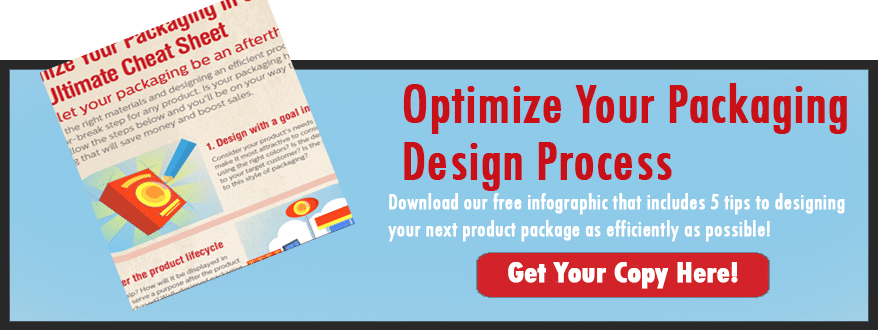How To Select Packaging Materials
When it comes to selecting packaging materials for your products, there is a lot you need to consider beforehand.
From the type of packaging materials that are appropriate for your products to the shape and size of the packaging that you will need, there is a lot to take in.
And, there are many other aspects of packaging materials that you need to think about before you make a purchase.
These aspects may include the cost of your chosen materials and the environmental impact of the packaging supplies that you intend to buy.
You do not want to make haste when choosing your packaging materials. Doing so may result in selecting incompatible packaging supplies for your products, machinery, and, most importantly, your customers.
But, how do you choose the proper packaging materials for your products?
Have no fear, because that is what today's article is all about! With the information in this article, you will be able to select the proper packaging materials for your products, packaging line, and brand!

What Must You Consider Before Selecting Packaging Materials?
When selecting packaging materials for your products, you need to make sure that you complete several tasks first.
You can think of these actions as homework assignments to ensure you make the best choice for your products, business, and customers.
Below, we will walk through each of these assignments so that you have a solid understanding of the items you need to think about before buying your chosen packaging materials.
1. Which Type Of Packaging Do You Want To Use?
When you begin the journey of choosing the proper packaging for your products, the first thing you need to do is figure out which type of packaging materials make the most sense for your products.
Most packaging materials can be broken down into two categories. These include flexible packaging and rigid packaging.
But, what is the difference between these two types of packaging? Let's dive into the differences between these materials together.
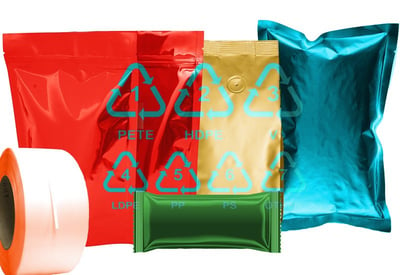
1. Flexible Packaging
OK, first up, we have flexible packaging. Flexible packaging is any non-rigid packaging structure utilized for packaging and protecting products. Flexible packaging is any packaging container or material whose shape can be easily contorted.
Common flexible packaging examples include flexible pouches, carded packaging (such as blister packs or skin packs), shrink film, and stretch film.
Flexible packaging is commonly used by food production companies, hardware companies, pharmaceutical companies, and other consumer goods manufacturers.
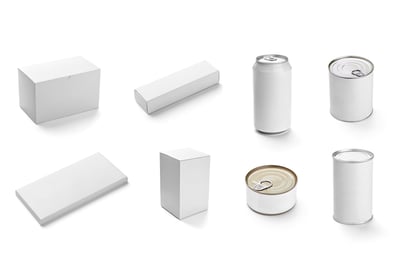
2. Rigid Packaging
Next up, we have rigid packaging. Rigid packaging is packaging that cannot be bent out of shape (non-malleable). Rigid packaging features solid structures and protection for products.
Some examples of rigid packaging supplies include corrugated boxes, glass bottles, plastic jars, and aluminum or tin cans.
Rigid packaging is commonly used by food manufacturers, cannabis companies, beverage makers, and other consumer goods manufacturers.
Which Is Right For You? Rigid Or Flexible Packaging?
In order to choose the correct type of packaging material for your business, products, and packaging line, you are going to have to seriously consider the question above.
It is also well-advised that you conduct an in-depth comparison of flexible VS rigid packaging. Once completed, you will be able to move on to the following items in this list.
After choosing between these two categories of packaging supplies, you need to analyze several dynamics to figure out the suitable packaging material from your selected category.
Need Help Selecting The Right Packaging Materials?
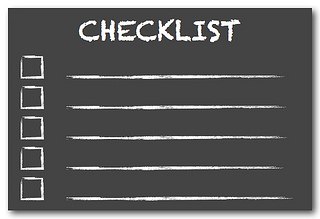
3. Required Considerations For Choosing The Proper Packaging Materials
After you have chosen between these two categories of packaging supplies, you need to analyze several dynamics in order to figure out what the right packaging material from your chosen category is.
In the next section, we will look at each of these variables in the bulleted list below.
- Packaging Materials Cost
- Shipping Cost For Packaging
- Environmental Impact Of Your Packaging Materials
- Proportions Of Your Products To Be Packaged
- Labeling, Printing And Branding Your Packaging Materials
- Protective Packaging Requirements
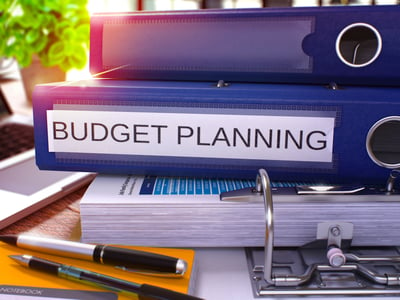
1. Packaging Materials Cost
Once you have decided between flexible or rigid packaging, the next step is to choose a specific type of material from your selected category.
After researching the different options in your chosen category, you should be able to narrow down two to three potential final choices. And you may have already made a final decision.
But, before you proceed, you need to ask yourself one fundamental question. Can you afford the type of packaging material or containers you wish to buy?
The hard truth is, not all packaging costs the same amount of money, and some materials are much more expensive than others.
For example, today, pickles are most commonly packaged in glass jars with metal lids. And pickles have been packaged this way for many decades.
However, flexible pouches are starting to take the pickle market by storm as newer pickling companies enter the market.
So what exactly is behind this new trend in pickle packaging? While there are several reasons for this phenomenon, the number one reason is cost.
Most of the time, flexible pouches cost significantly less money than glass jars. This is because flexible pouches are a much lighter material that takes up much less space than glass.
With glass jars, you are using at least four different types of materials, two of which (metal and glass) are much heavier than flexible pouches.
Then, you have the additional cost of the labels that need to be printed and applied with some adhesive.
With flexible pouches, you can print directly onto the pouch without having to make an additional investment in labels and adhesives.

2. Shipping Cost For Packaging
The next thing you will want to think about is how much your shipping costs will be with your chosen containers.
As a general rule of thumb, the heavier the container, the more expensive your shipping costs will be. Remember those pickles we were just talking about?
Well, if you were to crunch the numbers on the shipping cost of the same number of pickles packaged in glass VS flexible pouches, you would find that the glass jars would cost you way more money than the pouches.
And, the hit your wallet takes with heavier packaging supplies is often less intense than the one our planet earth will take when using heavier forms of packaging, which brings us to our next topic.

3. Environmental Impact Of Your Packaging Materials
This is a big one. Even if you are not super concerned about the potentially detrimental effect your packaging materials could have on our planet earth; chances are, your customers are.
And, in many cases, they will be willing to pay more to a competitor if they offer sustainable packaging materials that you are not.
In fact, the results show that consumers are ready and willing to pay more for sustainable packaging and purchase more products that use it if they are made available and labeled with sustainability information.
And while it is tempting to assume that more traditional forms of rigid packaging like glass and metal are more sustainable than flexible alternatives, that is not the case.
How so? It all comes down to carbon footprint.
Heavier packaging containers such as metal cans and glass jars may be recyclable. Still, they have a much higher carbon footprint than alternatives, such as flexible non-recyclable forms of plastic.
These higher carbon footprint materials simply divert and expand on the pollution of which they produce and cause that pollution to go into the air rather than the ocean.
This means, while many recyclable packaging containers may provide a feel-good aspect to the buyer, in the end, they are actually causing more harm than good.
And that does not even consider the genuine problems with single-stream recycling today.
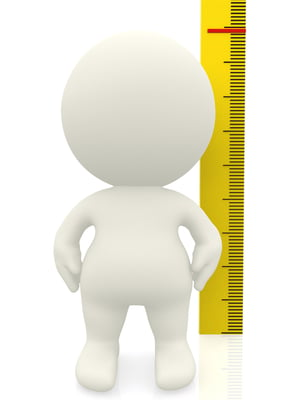
4. Proportions Of Your Products To Be Packaged
The next thing that you need to think about before selecting the correct packaging materials for your needs is the proportions and related metrics of your products to be packaged.
You will need to identify the following metrics, including your product's size, weight, shape, length, height, and width.
Each of these items will play a role in dictating which types of packaging supplies are appropriate for your product packaging needs or not.
And while you could research the various types of packaging materials and try to identify which material is the best choice for the metrics identified above, you could save a lot of time and energy by working with a packaging professional instead.
They will be able to help you choose the packaging material that is best suited for your product's size, weight, shape, length, height, and width.
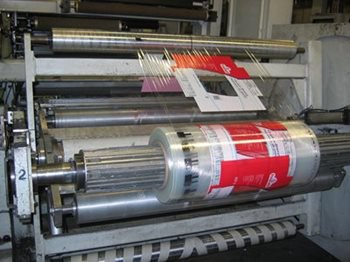
5. Labeling, Printing And Branding Your Packaging Materials
When selecting the packaging materials you want to use for your product packaging projects, you need to figure out if you will be applying labels to non-printed packaging materials or using printed packaging materials.
For example, non-printed materials such as clear shrink film and bundling film are transparent substrates that, if chosen, will require labeling machinery and materials if you wish to brand them.
On the other hand, printed shrink films and printed bundling films are also available, as are other printable packaging materials such as flexible pouches. However, these items are more expensive and often times have minimum order requirements.
When choosing printed materials, you will have a selection of different printing techniques to choose from. Each type of printing will affect the increase or decrease in price for your product packaging needs.
Depending on your needs and budget, you will have to compare the cost of using non-printed materials while using labels versus printed packaging materials before making a final decision.
It is important to note that when trying to decide which route you would like to go, you can significantly simplify the process by working with a professional packaging consultant.
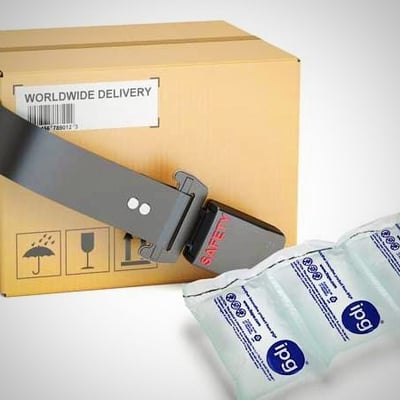
6. Protective And Tamper Evident Packaging Requirements
Finally, you must consider what protective packaging or tamper-evident packaging your products will require. If you are working in food manufacturing, you will need to ensure that you are meeting the latest FDA food labeling requirements.
And, if you are packaging products for the pharmaceutical or biomedical industries, there are various rigorous requirements for packaging that you will have to adhere to.
It is essential to have a solid understanding of your protective packaging requirements (if any) for the types of products you are packaging.
How To Choose The Correct Packaging Materials For Your Products
With the information in this article, you should have everything you need to do the required research and analysis of your materials and related dynamics, as suggested above.
And while you could always take this massive responsibility on yourself, you do not have to go it alone. If you would like some assistance in making this project a significantly easier process, it would be well advised to have a one on one conversation with a packaging expert.
And, if you choose to speak with one of our packaging experts, they will be able to help you choose the best packaging materials for your needs.
Even if you do not ultimately buy your packaging materials and machinery from us, we are here to help you!
About Nathan Dube
As the Digital Marketing Specialist at Industrial Packaging, I am honored to create content for such a phenomenal company and work with one of the greatest teams in the Packaging Industry. Whether creating a video, writing blog posts or generating other pieces of content and multimedia, I am always excited to help educate and inspire our prospects and clients to reach their highest potential in regards to their packaging processes and needs.





